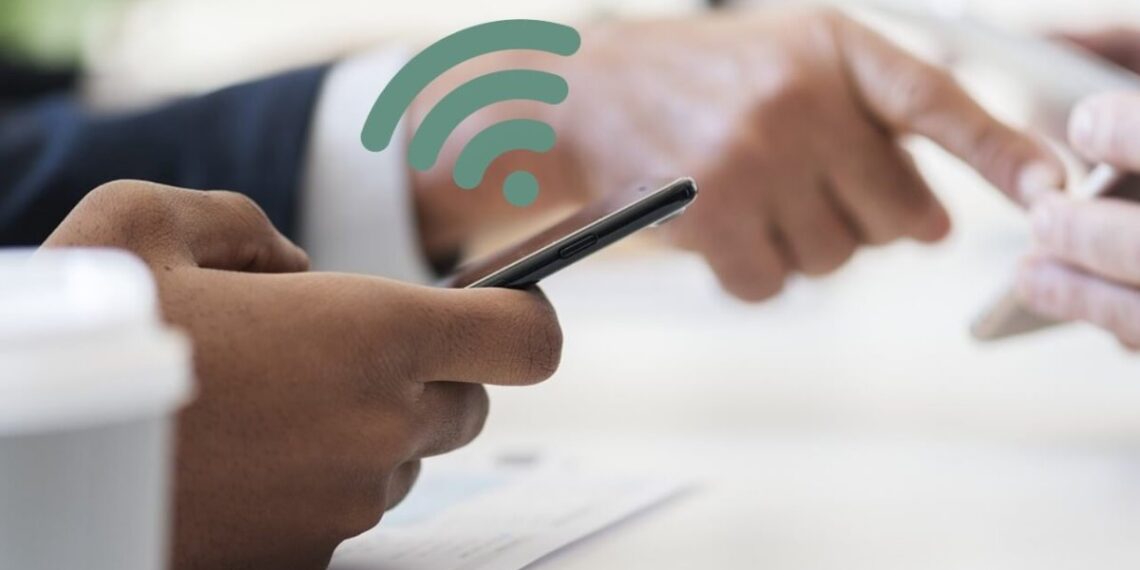
WiFi calling may behave just like a regular phone call but in the background it delivers superior call quality and reliability when you’re connected to a strong WiFi network.
Have you ever spotted ‘WiFi calling’ on your phone and wondered what it does? You’re not alone.
This simple setting is available on most modern smartphones and makes it possible for a user to place and receive calls over a wireless internet connection rather than using a regular cellular network.
By doing so, you’re essentially giving your chosen cellular network permission to use your WiFi to boost their network and provide a superior calling experience.
But isn’t that just Voice over Internet Protocol (VoIP), you ask. While they both allow users to place calls over the Internet, the two are quite different.
In order to use VoIP, users have to download a specific standalone application or platform.
On the other hand, WiFi calling is built into your phone and can be accessed by enabling a setting without you having to use another app.
Once enabled on your device, it will run in the background and make sure that your phone connects to WiFi rather than to a mobile network, whether you’re in a coffee shop or in your home office.
Here, it’s important to highlight that if you move out of WiFi range while on a call, the call will drop because the network being used to enable this call is no longer available.
WiFi calling to beat loadshedding woes
As South Africans, we are all too familiar with experiencing disruptions in our mobile signal because of loadshedding.
During these scheduled blackouts, cellular networks will actually reduce the capacity across their base stations to prevent total failure of their services.
Unsurprisingly, this ‘rationing’ of base station resources results in less reliable connectivity and explains why loadshedding can have a negative effect on the strength and stability of the mobile signal in your area.
By connecting your device to WiFi and enabling WiFi calling, users can mitigate this ‘drop’ in service and help network service providers better handle capacity when they reduce power to their towers.
Here, it’s important to note that if your WiFi runs off a mobile LTE or 5G router, you might not enjoy the same level of WiFi calling quality as you would with a fibre connection. This is because mobile or wireless networks are also affected by loadshedding.
In addition to this, WiFi calling can also extend battery life because your phone isn’t constantly on the hunt for the best signal. If you’re in an environment with good WiFi, your battery will last longer because it doesn’t have to work so hard to keep you connected.
WiFi calling is a particularly effective solution in areas where cell reception is hard to come by.
And we’re not just talking about rural or remote locations. If you have cell reception dead spots in your home, switching to WiFi calling is a great way to boost your signal without having to invest in any additional connectivity tools and technologies.
And while WiFi calling wasn’t designed to save customers any money, it can reduce costs by avoiding dropped calls and redials. If you’re in an environment with strong WiFi connectivity, it just makes sense to leverage this connectivity.
We like to think of WiFi calling as a way to maximise your resources so that you can always access the strongest and most reliable signal and enjoy the best call quality. Who wouldn’t want that, right?






